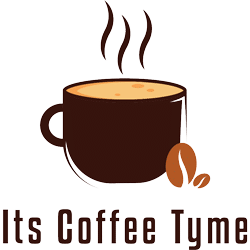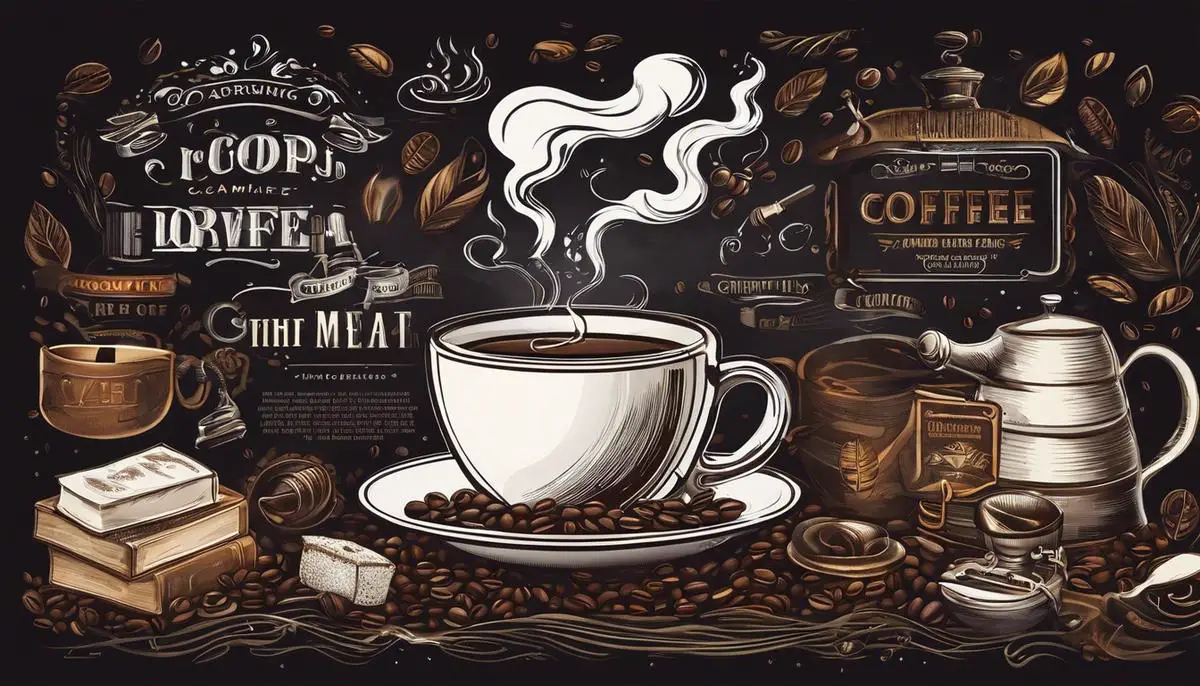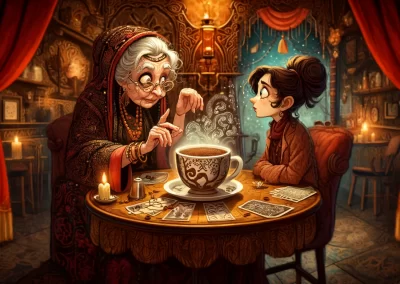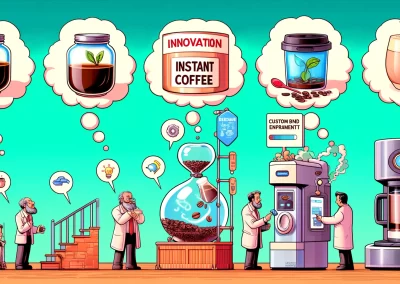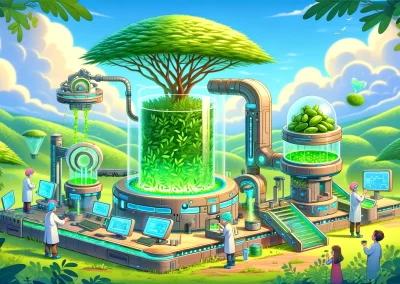Gourmet Coffee Culture: In the grand narrative of American life, the story of gourmet coffee has been an extraordinary journey, doing much more than simply quenching our thirst and awakening our senses. Emerging from humble beginnings and rising to prominence as an essential part of our culture, gourmet coffee has enriched our day-to-day lives with its aromatic allure and refined tastes, leaving an indelible mark on our culinary experiences. As we delve into the bustling world of America’s gourmet coffee culture, we traverse key periods of growth and influence, exploring distinctive growers, brewers, and their pivotal contributions. Armed with a palette for appreciation, we also seek to unravel the art and science behind coffee beans and blends, comprehending the underlying intricacies that furnish gourmet coffee’s unmatched quality.
The Rise of Gourmet Coffee Culture
Aromatic, tantalizing, and comforting, gourmet coffee has woven itself into the fabric of American culture. The story of this caffeinated journey is as rich and complex as a well-brewed cup of Joe itself. But how did we, a nation once dominated by plain black coffee and instant brews, evolve into a country embraced by gourmet coffee, specialty beans, and artful lattes? It’s a transformation worth delving into!
It all started in the early 20th century when America was introduced to mass market coffee. For years, the nation was content with what was essentially a hit-or-miss blend of random coffee beans. However, the organic, free trade movement of the 60s and 70s triggered the hunt for high-quality, directly sourced, and specially brewed coffee. This led to the dawn of a new era – the birth of gourmet coffee culture in America.
In the late 60s, Alfred Peet, often revered as the pioneering force behind gourmet coffee, opened the first Peet’s Coffee in Berkeley, California. Known for his intense passion for quality, he sourced beans directly from coffee growers, personally ensuring the quality and uniqueness of each cup. Peet’s influence extended to the founders of Starbucks, who initially sold Peet’s beans before developing their own.
The rise of Starbucks in the 1980s marks a significant chapter in the gourmet coffee culture saga. With its unique Frappuccinos and lattes, Starbucks successfully turned ‘coffee drinking’ into an ‘experience.’ While people used to drink coffee out of necessity, Starbucks and its contemporaries made it a lifestyle choice, a luxury even.
Around this time, another coffee hero emerged: the coffee connoisseur. These tastemakers added a fresh dimension to coffee consumption, reaching beyond the regular cup and dissecting the subtle notes, origins, and brewing techniques. Paired with growing environmental and ethical consciousness, coffee consumers became increasingly concerned about the source of their beans, leading to a surge in single origin, fair-trade, and organic coffees.
Notably, the 90s saw the introduction of expansive brewing options: everything from French press to AeroPress, pour overs to espresso machines which significantly expanded the preparation methodology, getting us further away from the once dominant drip coffee makers.
Meanwhile, the digital age brought forth incredible opportunities for small, independent coffee roasters. Online platforms allowed them to connect directly with consumers, spinning tales about their beans and brewing techniques. Consumers became part of a global coffee narrative that celebrated the finest beans from Ethiopia to Costa Rica. This connection further fueled the gourmet coffee culture, making it a conversation about ethics, quality, and sustainability.
Fast forward to today, the gourmet coffee culture is no longer limited to select urban cities and coffee shops. It’s everywhere – from corporate offices to small-town cafes, from high-end restaurants to gas stations. It’s a beloved hobby for many, a testament to our growing interest in quality and sustainability, and a stellar example of how America has embraced diversity and complexity in something as simple as a cup of coffee.
Just as each coffee bean tells a story of its origin, the rise of gourmet coffee in America speaks volumes about the changing taste and evolving consciousness of a nation. So, the next time you cradle a cup of your favorite brew, remember – you’re not just drinking coffee. You’re savoring a sip of history, culture, and relentless pursuit of quality.

Detailed Understanding of Coffee Beans and Blends
Sailing on from our coffee-filled journey, we’re now anchored down in this sea of gourmet coffee culture, ready to explore the integral distinctions of coffee beans and blends that curate our favorite morning brews. From the smooth and robust, to the sharp and bright, each bean and blend serve a colossal role in shaping the unique character, flavor, and experience of our beloved cup of joe.
So, what’s in a bean? Quite a bit, actually! We need to understand that coffee beans are not created equally, and each variety contributes distinct flavor profiles to the overall taste of the brew. One might think of Arabica and Robusta, the two most common species of coffee bean. Arabica, marked by its subtly sweet and gentle flavor, boasts half the caffeine of Robusta beans. On the other hand, robusta, recognized by its bitter and bold character, provides an extra caffeinated kick to the brews they feature in. These distinctions can make or break the experience for coffee enthusiasts who are particular about their java’s nuances.
Additionally, single-origin beans vs. blends also play a considerable part in gourmet coffee culture. Single-origin beans hail from a specific region or even a single farm, preserving the unique combinations of soil, climate, and cultivation methods that result in one-of-a-kind taste notes. They are typically favored by artisans and enthusiasts for their exclusivity and complexity. Conversely, coffee blends harmoniously combine beans from various regions aiming for a balanced flavor profile that delivers a consistent taste experience, a trait much appreciated by consumers and commercial brands alike.
With the continual evolution of gourmet coffee culture, we are gradually embracing the importance of the roasting process. Light roasts retain much of the unique flavors of the bean, while medium roasts offer a more balanced flavor, aroma, and acidity. Dark roasts, on the other hand, feature bold, heavy flavors with less caffeine. The process of roasting greatly influences the final taste of the coffee, turning a simple bean into a symphony of flavors.
Furthermore, the process of processing – from wet to dry or honey processes – alters the beans’ characteristics, adding another distinct layer of flavor that influences the overall taste of the coffee. For couture coffee consumers, these subtleties can greatly impact the experience, invigorating an otherwise ordinary cup with an extraordinary twist.
In conclusion, the gourmet coffee culture is a celebration of complexity, uniqueness, and artisanal beauty. It’s more than just drinking coffee – it’s about appreciating the labor of love that goes into each cup. By understanding the distinctions between coffee beans and blends, we enhance our overall coffee experience, discovering personal preferences and tastes one cup at a time. Whether you personally prefer the sweet, gentle notes of a single-origin Arabica or the bold, rich blend of a dark roast, recognizing these distinctions equips us with the knowledge to navigate the flavorful world of gourmet coffee culture. So, the next time you take a sip of your much-loved brew, take a moment to appreciate the journey of those distinctive beans that make your cup truly extraordinary.
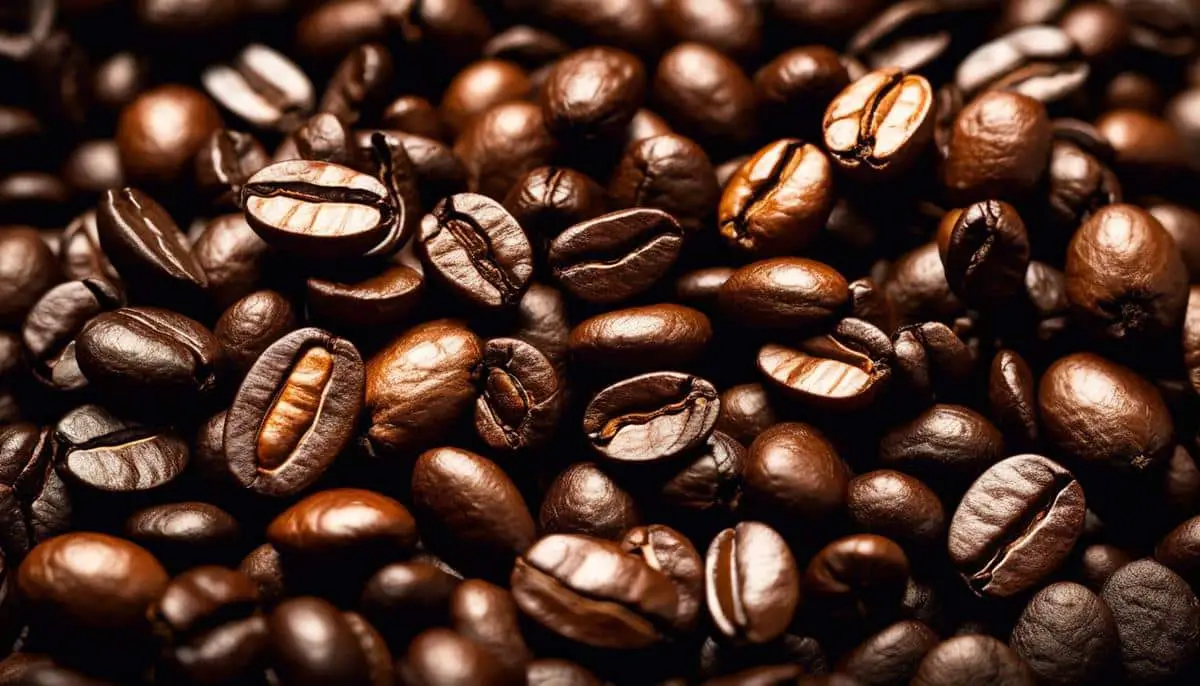
Current Trends and Future Prospects in Gourmet Coffee Culture
Let’s dive into the current trends shaping the gourmet coffee culture and what we can expect moving forward. As we explore this topic, we’ll uncover the intricacies of the two predominant coffee types, the rising popularity of single-origin beans and blends, the art of roasting, and the role of processing methods in coffee flavoring.
Enter the Arabica and Robusta coffee beans – the two main players in the scene. Arabica beans, with their sweet, soft taste and higher acidity, are commonly regarded as the superior type. While the Robusta variety, known for its bold flavor and higher caffeine content, has a less popular, often avoided, reputation. But a trend that’s gaining traction in the gourmet coffee world is a newfound appreciation for the unique profiles that Robusta beans can offer, potentially outweighing the long-held Arabica superiority narrative.
Next up in the mix are single-origin beans versus blends. Today’s coffee enthusiasts are continually showing a fascination for single-origin coffee. Why? Each single-origin coffee comes from one location, reflecting the unique characteristics of its origin in its taste. This allows coffee lovers to experience a specific region’s ‘terroir’ in their cup, translating to an increasingly nuanced coffee drinking experience. However, this doesn’t mean that blends have lost relevance. Artfully crafted blends offering a unique composite flavor profile continue to woo coffee connoisseurs and beginners alike.
Speaking of flavor profiles, let’s talk about the roasting process. The way coffee beans are roasted can significantly impact their flavor. Traditionally, dark roasts ruled the coffee world in America, but the trend is shifting towards lighter roasts, which preserve more of the bean’s natural flavors. Roasters are letting the original characteristics of the bean shine through, allowing us to truly taste the geography of our coffee.
Not to be overlooked are the processing methods. Whether it’s washed, natural, or honey processed, each method plays a crucial role in shaping the final product’s flavor nuances. Recently, there is newfound curiosity towards unconventional processing methods that bring out unexpected flavors, further enhancing the gourmet coffee drinking experience.
Talking about the gourmet coffee culture without mentioning the celebration of complexity would be incomplete. The culture has evolved from a quest for the ‘best coffee’ to an understanding that different isn’t necessarily better or worse. Coffee lovers are learning to appreciate the unique complexities of different types of coffee, similar to the way wine lovers savor the idiosyncrasies of different wine varietals.
In terms of the future, it’s safe to say this culture will continue to flourish. Not simply as an industry, but as a growing network of passionate individuals who understand and appreciate the subtleties of their morning cup o’ joe. Education will keep empowering consumers – enhancing the sensory enjoyment of the coffee experience and fueling this exciting and ever-evolving coffee culture.
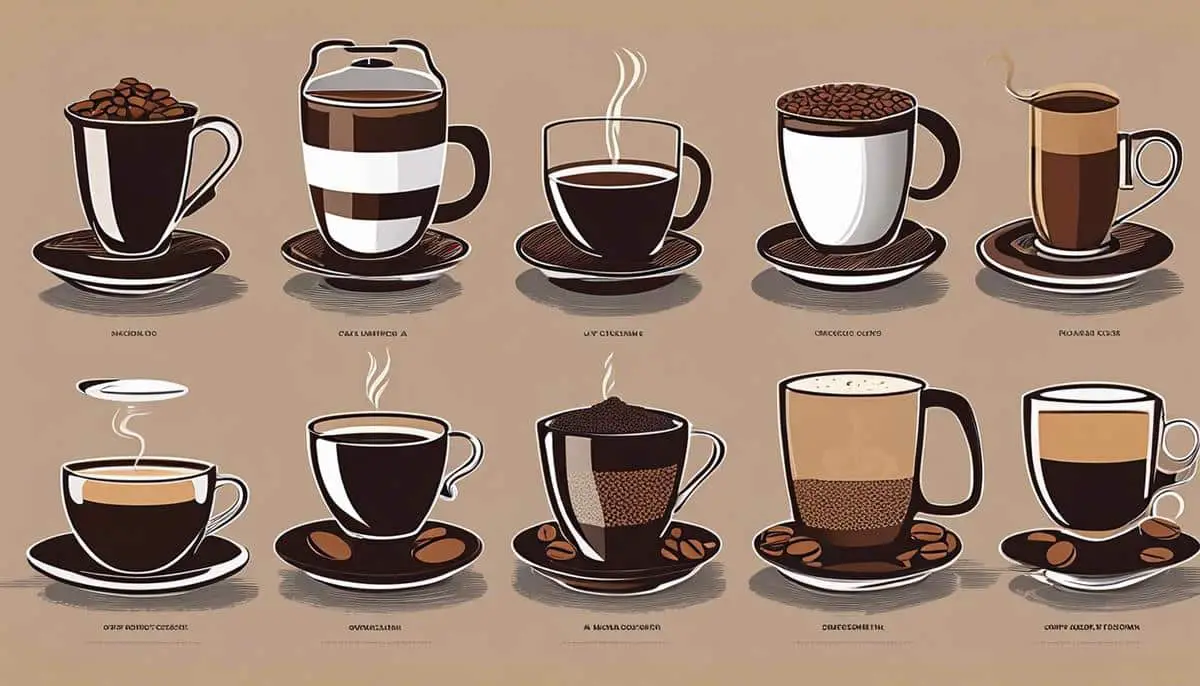
Perched on the cutting edge of culinary progression, current trends within America’s gourmet coffee culture tell a tale of indigenous origins, sustainability, and creative home brewing, while concurrently tantalizing our taste buds with innovative coffee-infused foods. As we glimpse into the not so far future prospects, a horizon painted with technologically-advanced brewing methods, unheard-of flavors, and an amplified focus on fair trade practices can be seen. These developments underline a narrative ever evolving, a culture innovating in its essence, and a passion for gourmet coffee that continues to brew strongly within the American ethos. Thus, embracing the vibrations of this dynamic culture is not only enriching but also a salutation to the subtle symphony of finesse that gourmet coffee brings to our everyday lives.
